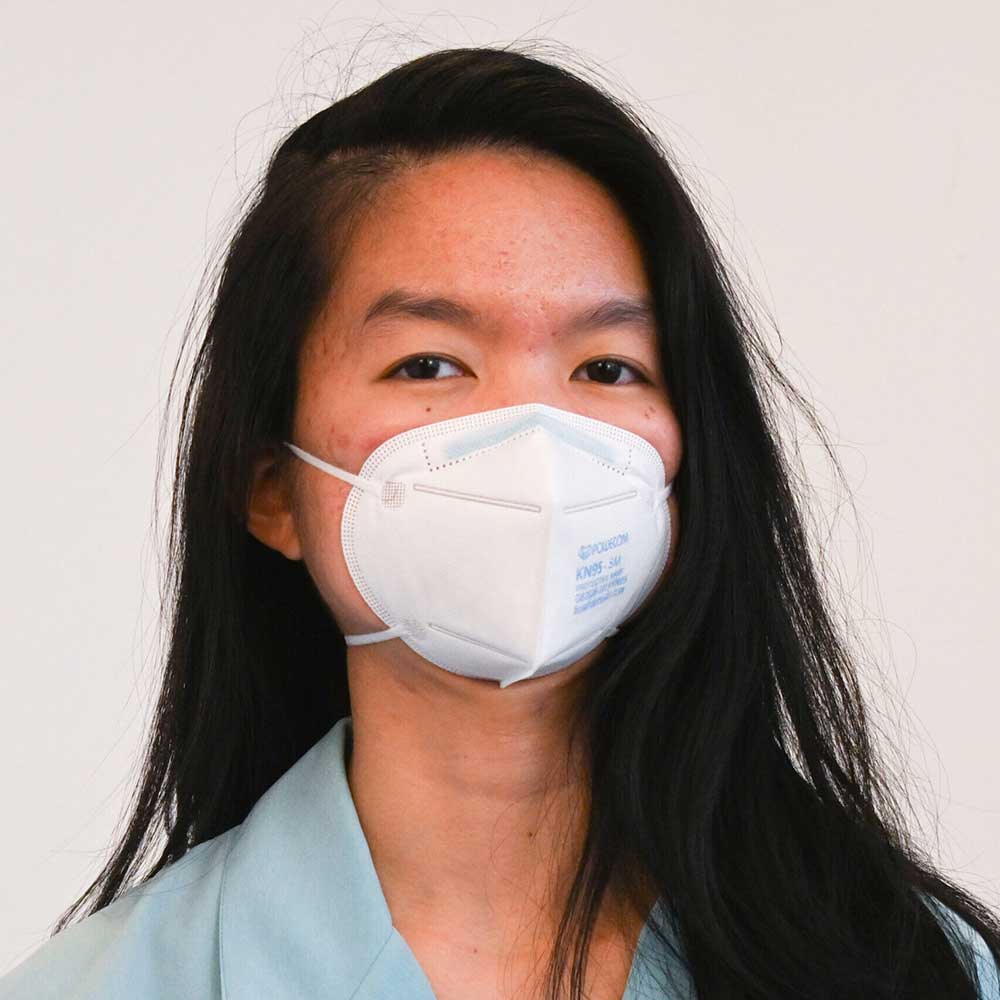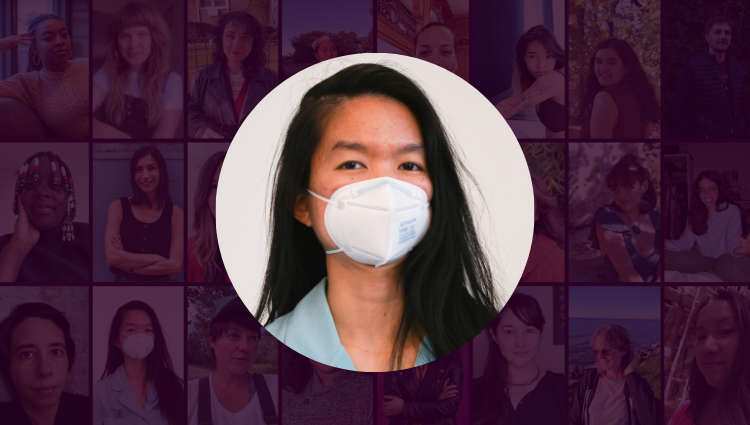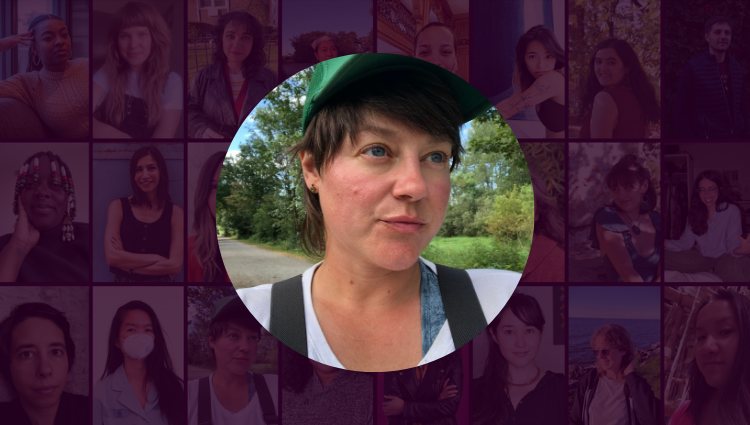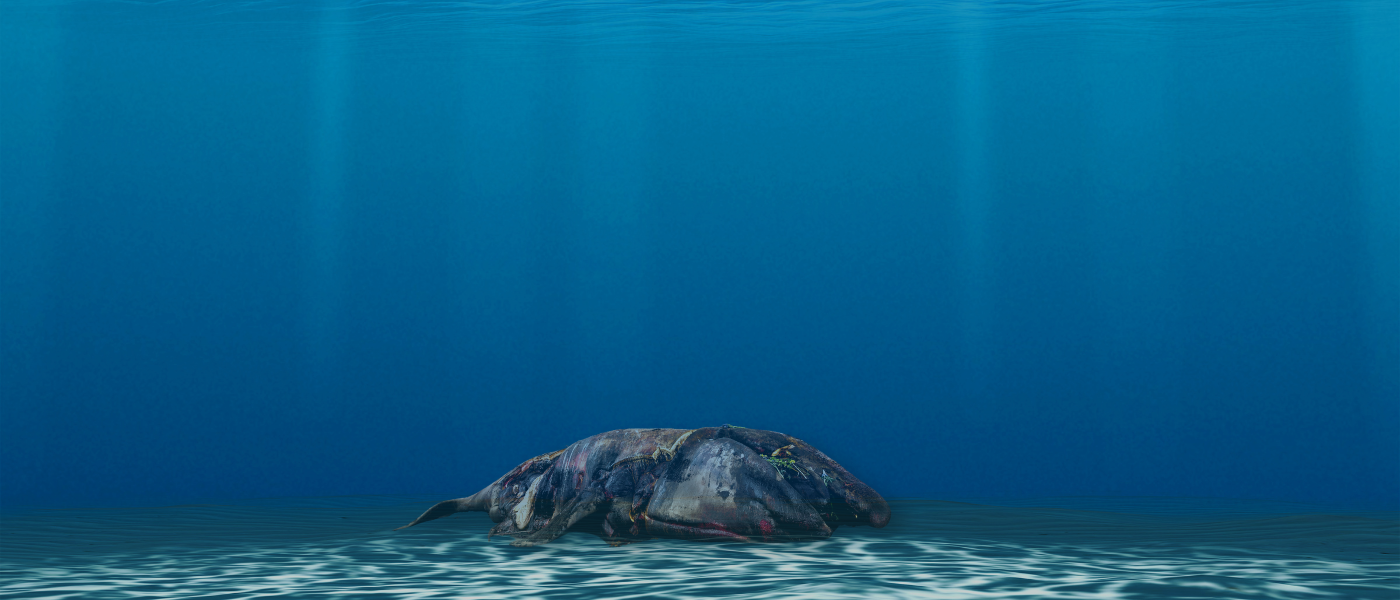Physical and Metaphysical
An excerpt of Allison Masangkay’s work
Allison Masangkay was one of our Summer 2024 Digital Residents. As a part of this program, we give our residents the option to publish an excerpt of their work, write a process piece, or have a Q&A with us. Here, Allison shares an excerpt of their work, entitled “Physical and Metaphysical.” You can read more Spotlights here.
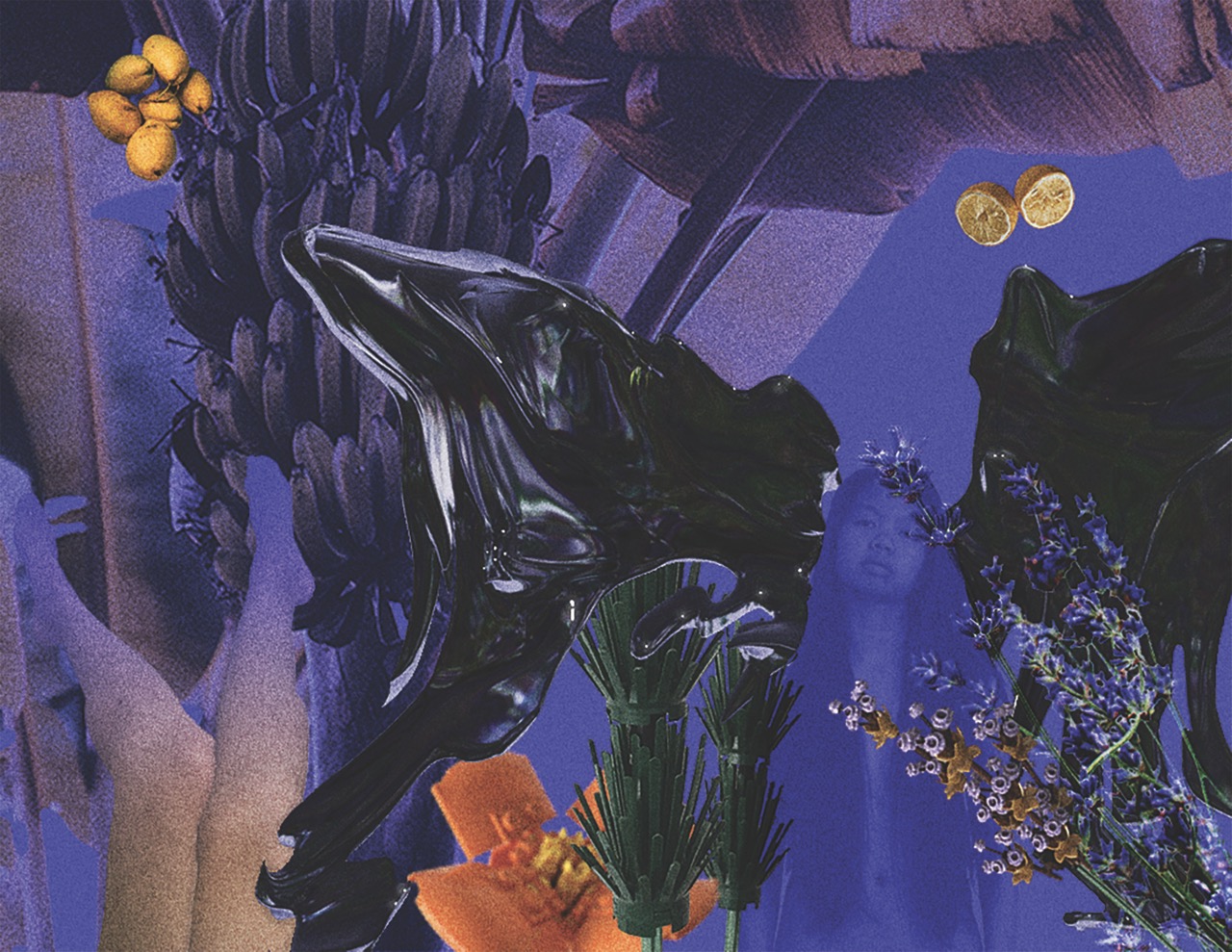
Image Description: Hindi Ibang Tao multimedia collage by Allison Masangkay. The background shows lavender, mango, lemon and banana tree plants; Allison’s legs, beside a banana tree, with a partially-transparent gradient overlay that matches the background color on top signifying the legs becoming more connected with their surrounding space; flowers made out of LEGO® bricks; and, the upper body of Allison, a Filipinx femme with long black hair and light skin. The foreground includes 3D-rendered reflective, fluid-material wings.
I died several times while reading Freshwater by Akwaeke Emezi between 2018-2019. These deaths were metaphysical. I saw a rheumatologist for chronic pain and a somatic therapist for politicized bodymind practices, but who could I—disillusioned from my Catholic-Christian upbringing and, then, unaware of ancestral healing knowledge—meet about matters of my spirit?
Ada, the protagonist of Emezi’s semi-autobiographical novel, experiences metaphysical trauma as an ogbanje, “[a]n embodied spirit passing as human, who transitions rapidly between birth and death” (“Paintings”). I believe Freshwater blessed me, helping me resist the Western medical science and terminology projected onto me. I began comprehending the chronic pain in my legs and other flesh sensations as reminders to comprehend my body within a collective world, rather than mistakes, failures, or lack.
Amidst the pain, I sensed love while applying my friends’ mixtures of shea butter, mango butter, and essential oils to my legs and back each evening. My spirituality heightened when reading Filipinos’ accounts of aswang in Maximo Ramos’s The Aswang Complex, recalling aswang and mumò (ghost) films I watched with my mom as a kid, and daydreaming of leg amputation and bionic limbs as both chronic pain treatment and gender-affirming care. The process of relearning ancestral knowledge does not necessarily indicate distance or disconnection from it.
My friends and I remind ourselves not to undermine our ancestors’ lessons written across the palimpsests that are our flesh, tendons, daydreams, rituals, and other containers that we know to honor beyond their physical presence or lack thereof; expansive understandings of access, disability, and trauma should account for the ways in which colonialism damages our vessels of this embodied knowledge and how our families have engaged with this data for centuries. It is tragic and beautifully logical to me how some aswang at mangkukulam (aswang and witches) commune. Preserving their collective practices of magic and care while distanced from other barangay (neighborhood) homes. The genius of manananggal is the ability to die with each rotation of the Earth. This way of living is not for everyone, but maybe it is perfect for me.
